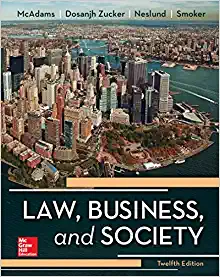Please refer to the attached documents, need help, thanks.
To show your understanding of the effects of each of the named transactions on the assets, liabilities, and stockholders' equity of a business, fill in the blank In each column with either + [for increase}, - [for decrease}. ore [for no change]. Assets Liabilities Stockholders' Equity Stockholders invested cash in the business ' Borrowed money from a bank Purchased equipment on credit Rendered services for sh Paid creditor in [c] Paid monthly rent Rendered services for which the customer promised to pay at a later date. Indicate, by letter, which of the above transactions would be reported in the income statement: . qua-9999'! and The Inflows of asset for services rendered or goods delivered (as measured bythe assets received from customers} are called while the asset surrendered or consumed In this process are called . The statement that shows the asset and equities of an entityI as of a point In time is called the . The specic unit or organization for which accounting information Is accumulated and reported ls called line .The basis for valuation of asset in accounting ls . The concept in accounting refers to the fact that the amount entered In an accounting system are the objective moneyI prices determined In the exchange process. If expenses for a period exceed revenues for the same period, the entity is deemed to have suffered a An Income statement Is prepared fora while a balance sheet ls prepared as cfa Under the - concept. the accountant assumes that a business will continue more of less indenitely. The ls equal to stockholders' equity divided by The shows Ihe cash ln'flowsand cash outows fora perlod oftime. Indicate the effect each of the fol lowing transactions hi on the taxi: accounting equation by indicating one of the following: a. Decrease In an asset, decrease In a liability. b. Increase in an asset, increase In stockholders' equity. c. Inu'ease In one asset, decrease in another asset. d. Increase in an asset, increase In a liability. e. None of the above. Purchased equipment on account. Returned an item ofdefecve equipment purchased in (1}. Paid cah to the supplier of equipment purchased In (1) for the remainder of the equipment. Received cash on account from customers. The stockholders invested additional cash in the business. u" h' \"V N' P








